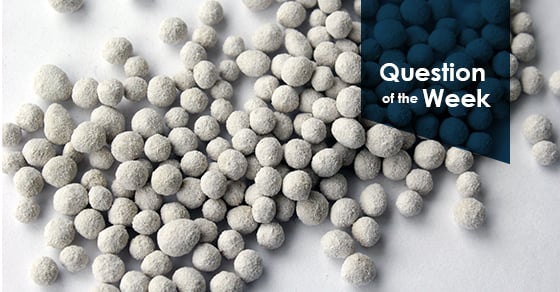Agglomeration is the process of particle size enlargement, and is used to collect material fines into a larger, unified particle. Seen throughout an extensive range of industries, agglomeration can transform dusty or difficult to handle materials into a more manageable form.
While many factors should be considered in the agglomeration process, particle size should not be overlooked. The particle size of a material can have a variety of implications on a material’s performance as a raw feedstock and as a final, agglomerated product.
Particle size can affect the following characteristics of a material:
- Solubility
- Process flow efficiency
- Product uniformity
- Packing density
- Rate of reaction
- And more.
As materials and products become more specialized, and as they are expected to proficiently perform as designed, the ability to control particle size is an important part of the agglomeration process.
Download FEECO’s agglomeration handbook for a variety of agglomeration related topics, or contact us today for more information.


